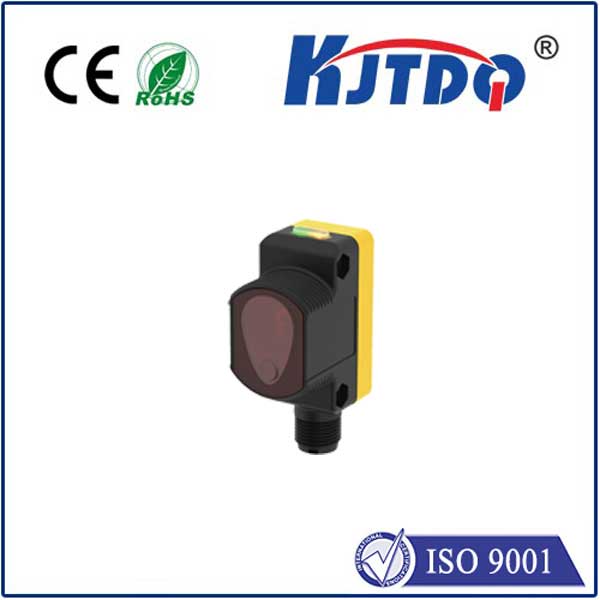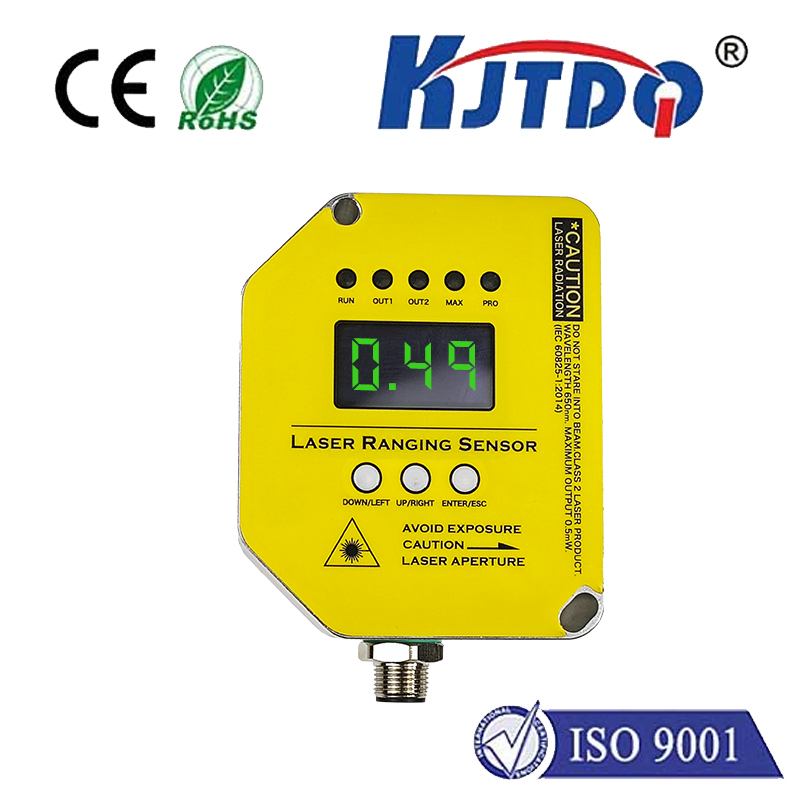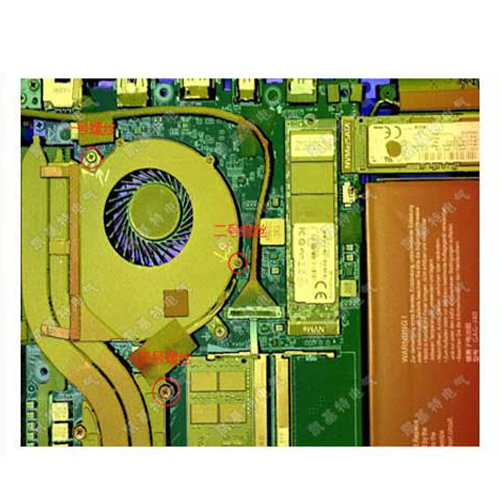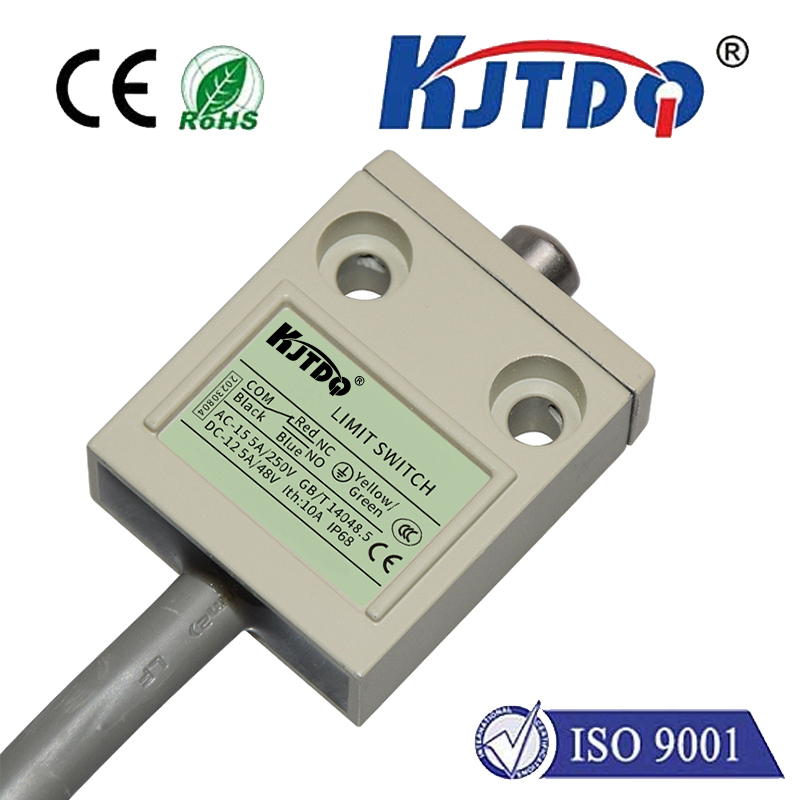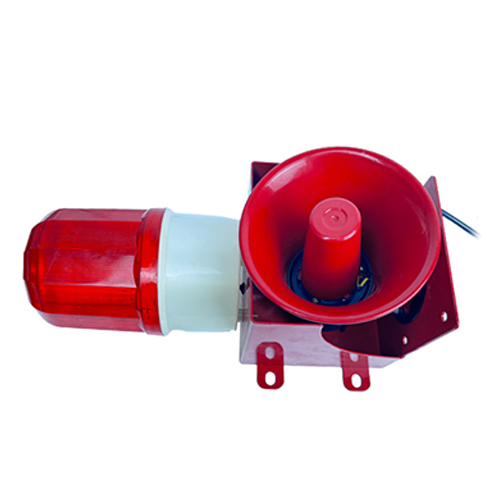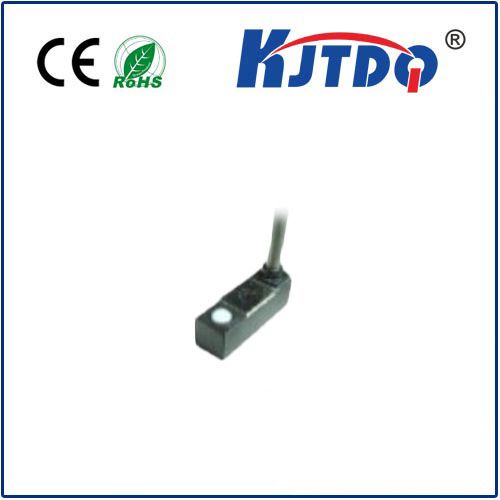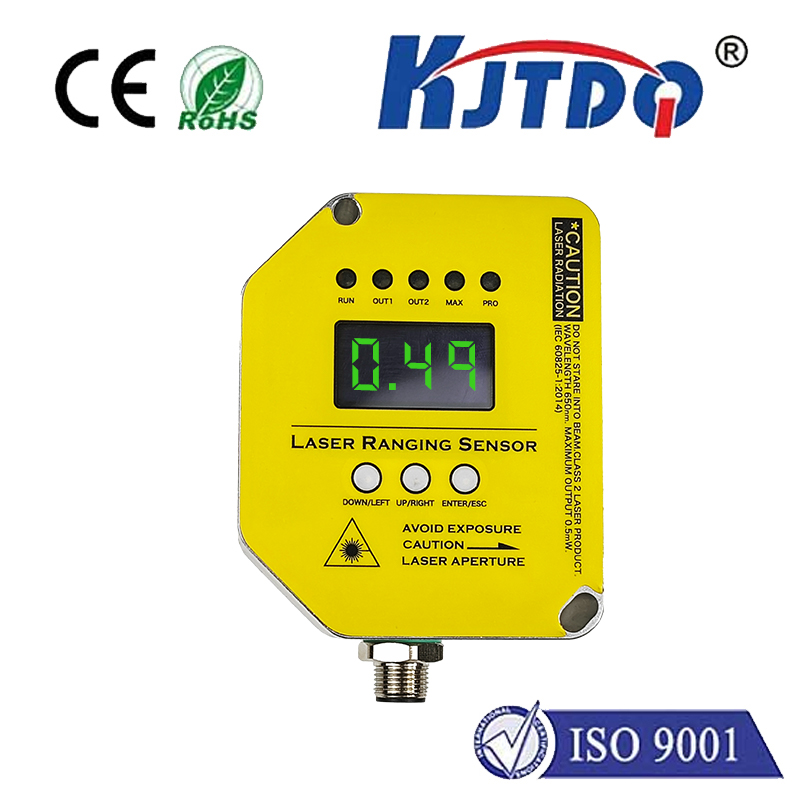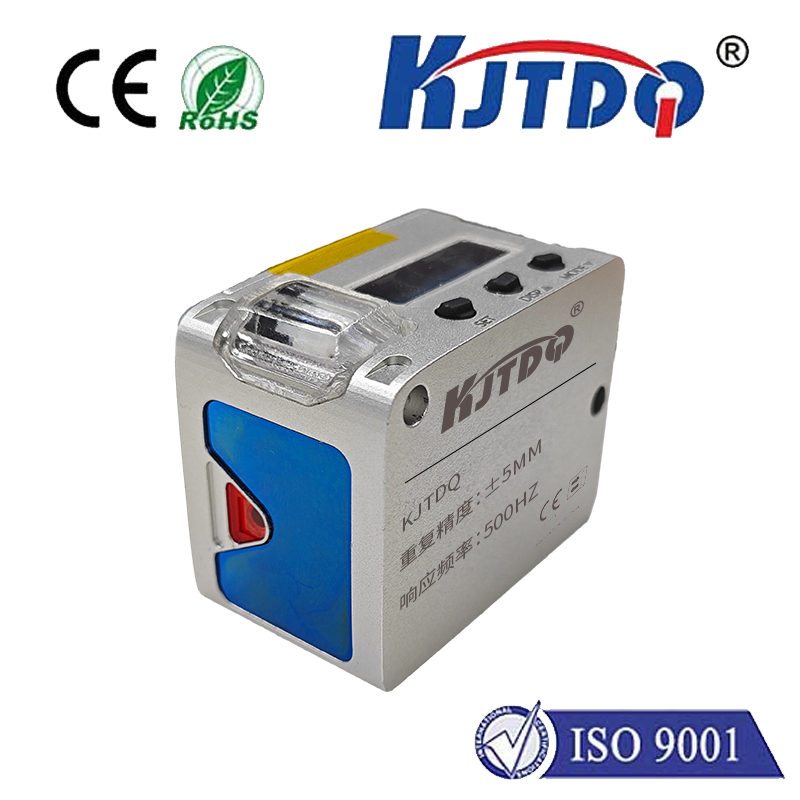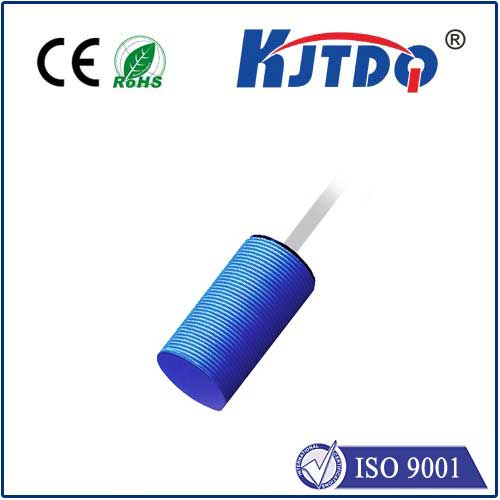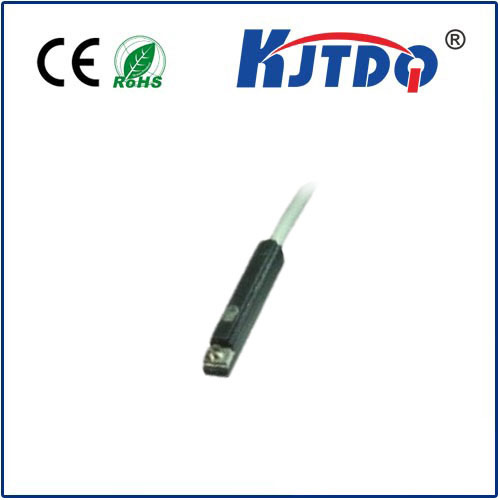

check

check

check

check

check

check

check

check

check

check
Title: Understanding Current Limit Switches: A Comprehensive Guide
As technology continues to advance, the role of current limit switches in ensuring safety and efficiency in various industrial applications cannot be overstated. This article aims to provide a comprehensive overview of current limit switches, including their definition, types, installation, and maintenance.
Section 1: Definition and Purpose of Current Limit Switches
A current limit switch is a device used to regulate the flow of electrical current in a circuit. Its primary function is to protect equipment and people from hazardous electric shock by automatically interrupting the flow of current when it exceeds a specified limit. This helps to prevent damage to sensitive components, such as motors or sensors, and minimizes the risk of accidents.
Section 2: Types of Current Limit Switches
There are two main types of current limit switches: mechanical and electronic. Mechanical switches use a physical mechanism, such as a lever or plunger, to open or close a circuit when the current limit is reached. Electronic switches, on the other hand, rely on electronic components to monitor and control the flow of current.
Some common features of both types of switches include:
- Easy installation: Most current limit switches can be installed directly onto the wiring of an electrical circuit without requiring any additional hardware.
- High accuracy: Current limit switches can accurately detect and respond to changes in current flow, providing reliable protection even in complex or dynamic systems.
- Versatility: They can be used in a wide range of applications, including industrial machinery, automation systems, and power distribution networks.
Section 3: Installation of Current Limit Switches
The installation of current limit switches involves connecting them to the appropriate wiring within a circuit. Here are some general steps to follow:
- Choose the right type of switch based on your specific application requirements.
- Ensure that the switch is compatible with the wiring system in your equipment or system.
- Follow manufacturer instructions carefully to ensure proper installation and alignment of the switch.
- Make sure that the switch is securely fastened to prevent tampering or accidental activation.
Section 4: Maintenance and Repair of Current Limit Switches
Like any electrical component, current limit switches may require periodic maintenance and repair to ensure optimal performance and longevity. Some common tasks include:
- Checking the switch for signs of wear or damage, such as loose connections or broken parts.
- Cleaning the switch regularly to remove dirt or debris that can accumulate over time and interfere with its operation.
- Testing the switch periodically to ensure that it is working correctly and responding to changes in current flow as expected.
- Replace damaged or worn parts as necessary to maintain the integrity of the switch and its ability to protect against electrical hazards.
